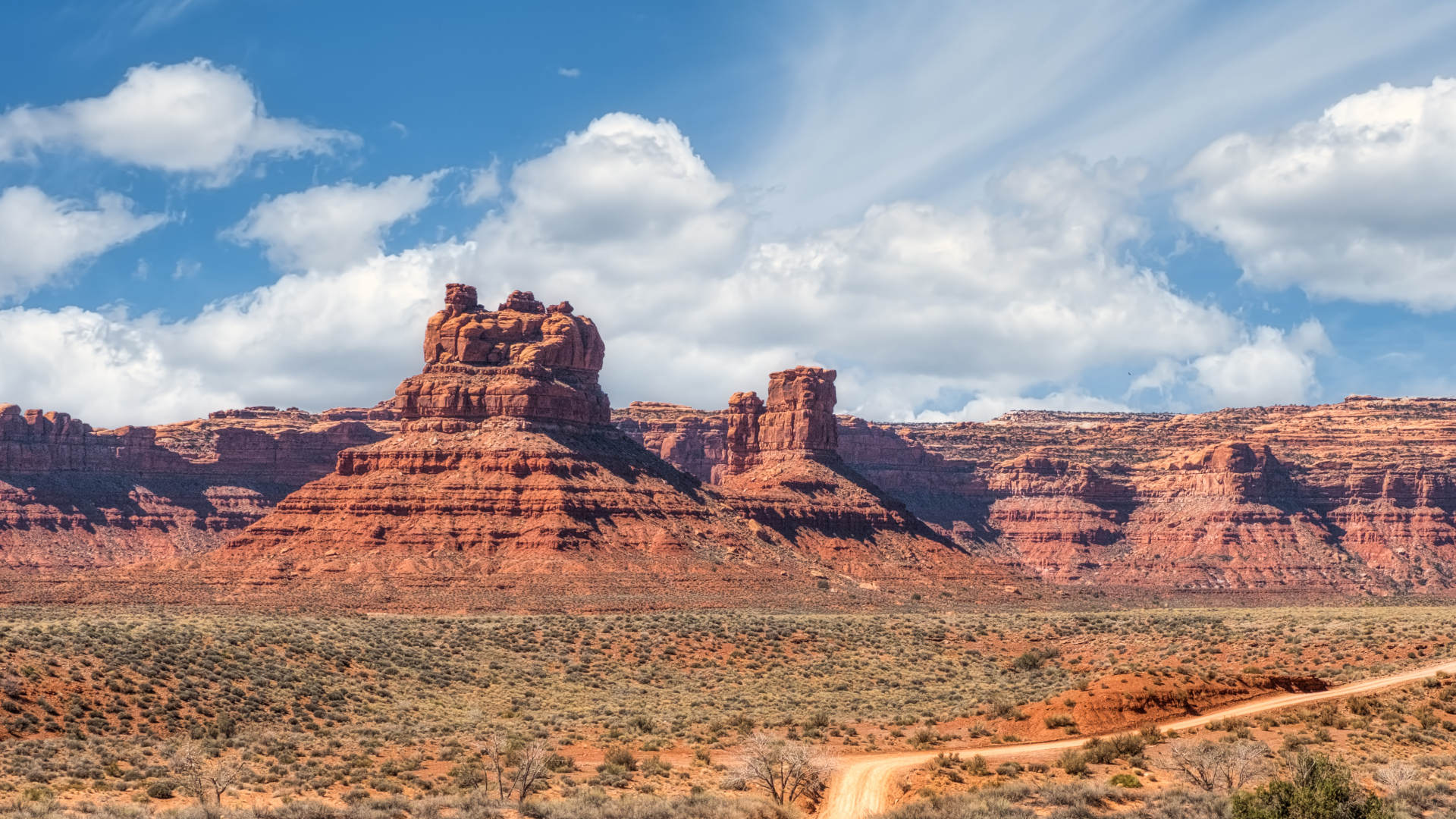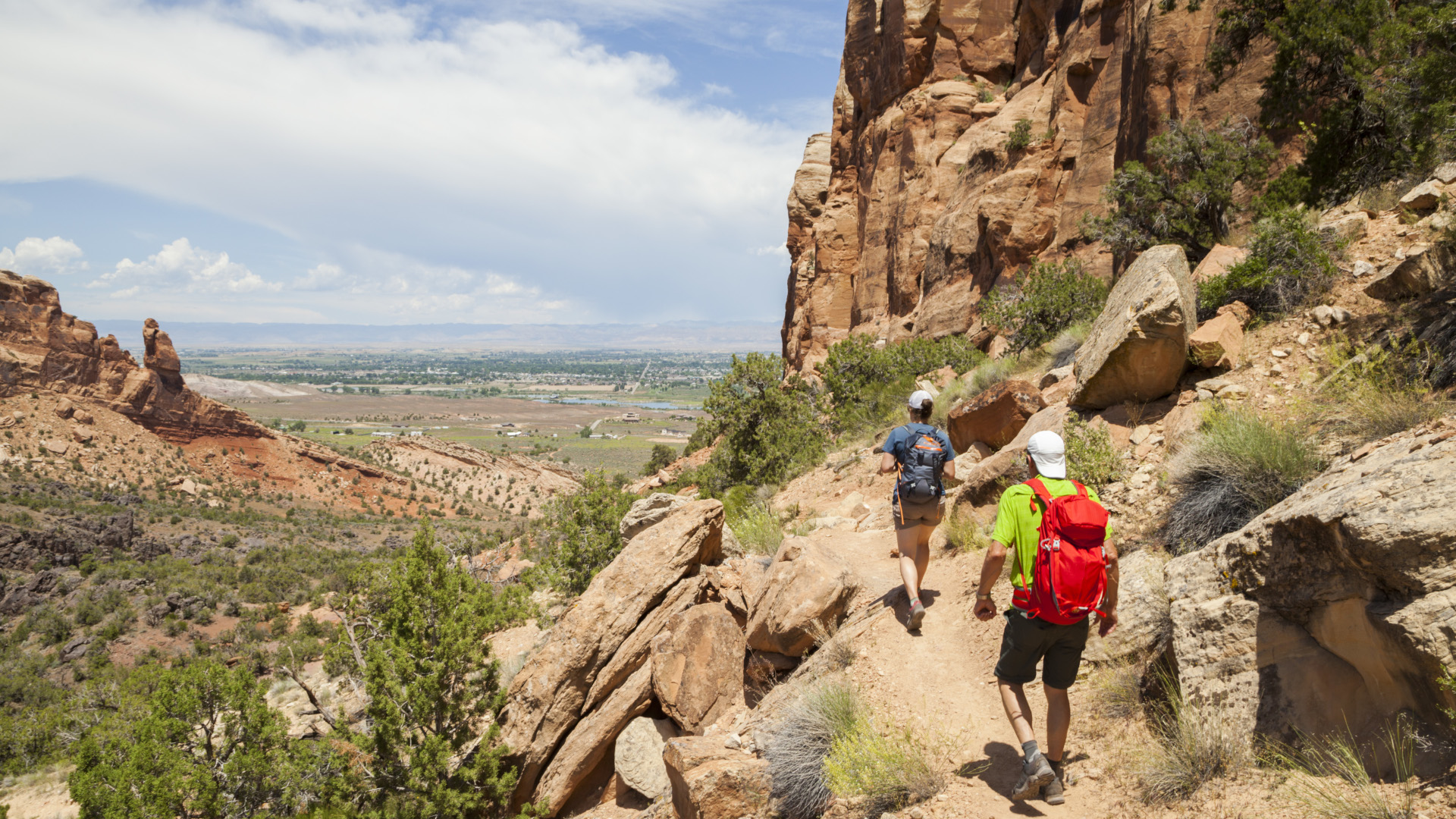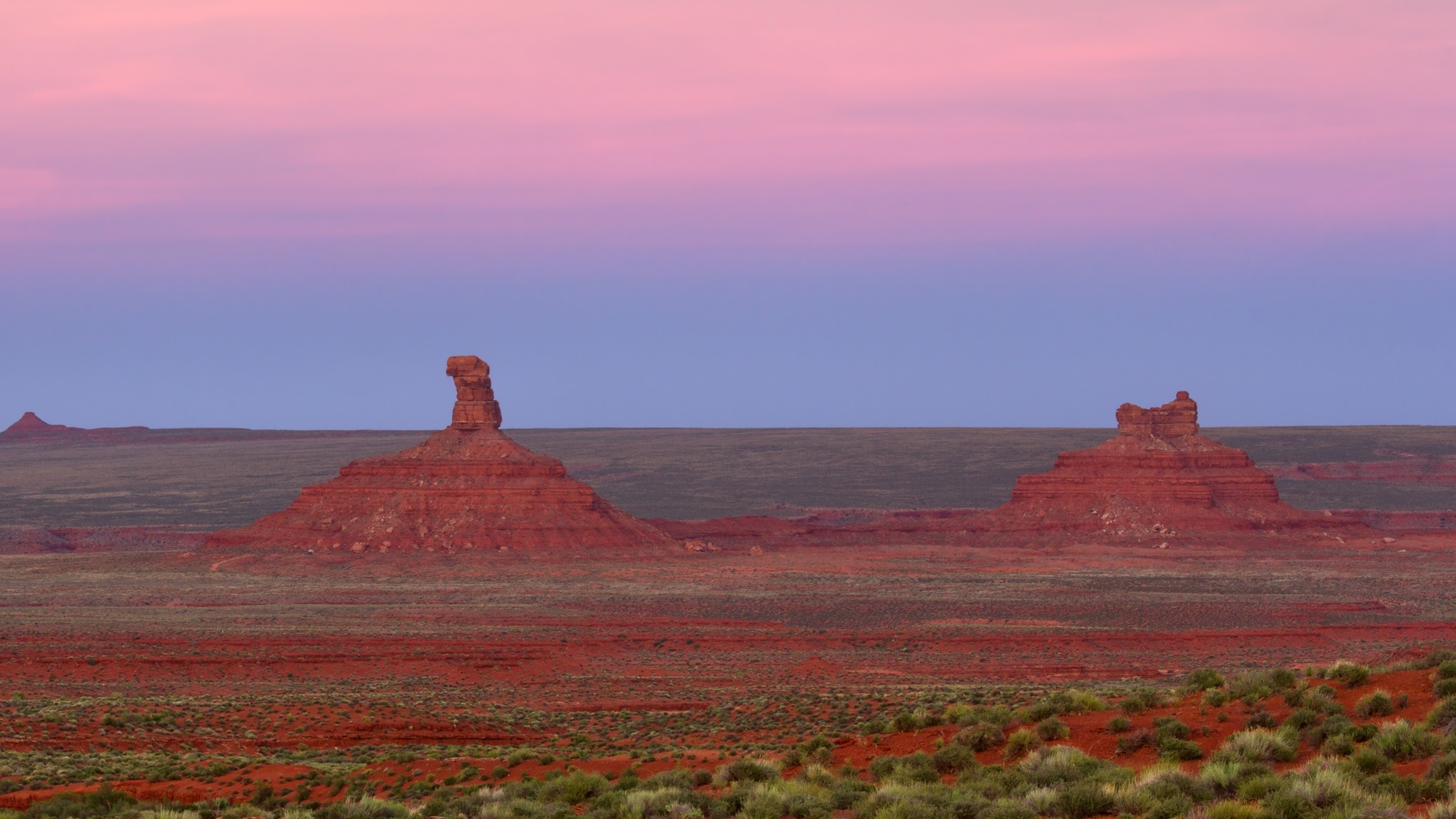What are National Monuments?
What are National Monuments? Find out what they are, where to find them, and why they’re worth adding to your adventure bucket list

When you’re researching new hiking spots and geological marvels to add to your adventure bucket list, you’ve most likely come across quite a few National Monuments in the US. But what are National Monuments, anyway, and how are they different from National Parks? It turns out that more than a handful of these sites are more than enough reason to pack your hiking boots for your next cross country road trip, and in this article, we talk you through what’s so special about them.

What is a National Monument?
In the US, a National Monument is a protected area of public land or water established by the president. National Monuments sound like they’d be statues, but in fact they include all manner of historic landmarks, historic and prehistoric structures and other objects and areas of historic or scientific interest, so they can be quite varied and many are of interest to hikers and lovers of the outdoors. Some examples of such National Monuments include the Agate Fossil Beds in Nebraska, Bears Ears (a pair of buttes) and Grand Escalante Staircase in Utah, Monument Canyon in Colorado and 38 of the 39 giant sequoia groves in Sequoia National Forest.
The idea for National Monuments arose from concerns over protecting Indian artifacts on federal land and was signed into law by the 1906 antiquities act. President Roosevelt established the first National Monument, a butte in Wyoming named Devils Tower, in September of that same year.

What is the difference between a National Park vs National Monument?
As you might be starting to realize, a lot of National Monuments look a lot like National Parks. The key differences between National Parks and National Monuments is who establishes them – congress establishes National Parks while the president establishes monuments – and the reason for protecting them.
National Parks preserve areas of natural beauty, unique geological features, diverse ecosystems, and recreational opportunities for the enjoyment and education of current and future generations. National Monuments protect areas of natural, cultural and scientific interest, so while we listed some that are geological sites, National Monuments also include buildings, such as President Lincoln’s home in DC, former military forts such as Castillo de San Marcos in Florida, the Statue of Liberty and Indian petroglyphs in New Mexico. Making matters more confusing, many former National Monuments have been upgraded to National Parks status, such as Arches, Zion and Joshua Tree.
Furthermore, while all National Parks are managed by the National Parks Service, National Monuments are managed by various government agencies including the NPS, Bureau of Land Management, the United States Forest Service and Fish and Wildlife Service.

How many National Monuments are there?
The number of National Monuments changes as presidents add more (or take them away if it’s between the years of 2016 and 2020) and some get redesignated by Congress as National Parks or World Heritage Sites. However as of writing this article, there are 129 National Monuments spread out over 32 states.
All the latest inspiration, tips and guides to help you plan your next Advnture!
Which U.S. state has the most monuments?
Arizona and California both currently tie for the most National Monuments, with 18 each, followed by New Mexico which is home to 13 National Monuments.

What is the largest National Monument in the United States?
Of course this could change, but for now, the largest National Monument in the United States is also the largest in the world. The Papahānaumokuākea Marine National Monument encompasses 583,000 square miles of ocean waters, including ten islands of the Northwestern Hawaiian Islands and is also a World Heritage Site.
Why do we need National Monuments?
The existence of National Monuments has caused some controversy in the US, primarily among those who want to exploit the land for development and the extraction of resources, but according to a peer-reviewed study published in the Review of Environmental Economics and Policy, the benefits of National Monuments outweigh the costs of maintaining them.
Benefits include the preservation of important historic and cultural resources and recreational opportunities, while many National Monuments have had a positive economic impact in surrounding communities by increasing businesses and job opportunities. So if you haven't yet, get out there and enjoy your National Monuments.
Julia Clarke is a staff writer for Advnture.com and the author of the book Restorative Yoga for Beginners. She loves to explore mountains on foot, bike, skis and belay and then recover on the the yoga mat. Julia graduated with a degree in journalism in 2004 and spent eight years working as a radio presenter in Kansas City, Vermont, Boston and New York City before discovering the joys of the Rocky Mountains. She then detoured west to Colorado and enjoyed 11 years teaching yoga in Vail before returning to her hometown of Glasgow, Scotland in 2020 to focus on family and writing.

